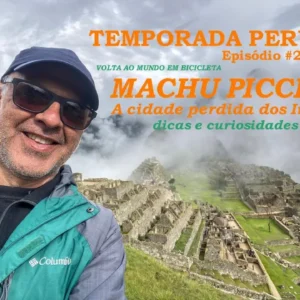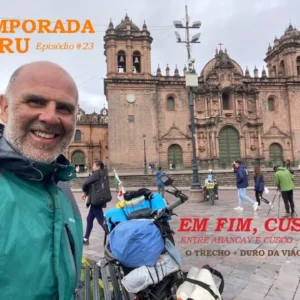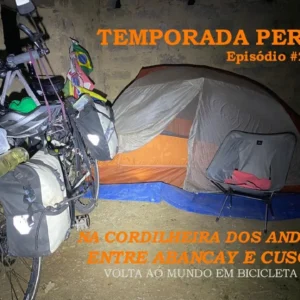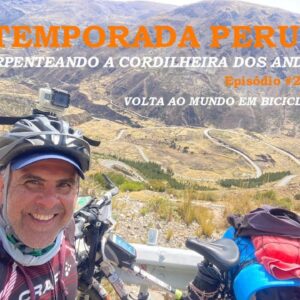A temperatura média na Noruega entre os meses de abril e agosto varia entre -5 º e +20 º C. A tendência é que mesmo ganhando latitude, ou seja, se aproximando do Ártico, a temperatura média aumente um pouco. Porém, a instabilidade climática causada pela proximidade do pólo, sugere mudanças rápidas no tempo. Quanto mais ao norte, mais rápidas são as mudanças climáticas.
Pedalar no frio é sem dúvida uma das preocupações desta viagem.
Além de não estar habituado a frios extremos, a sensação térmica causada pela pele molhada, de chuva ou de suor, pode acelerar a chegada da hipotermia. Manter-se seco no frio é prioridade. Para isso, usarei roupas especiais.
Basicamente são três camadas diferentes de roupa.
A primeira camada é conhecida como “underwear” ou “segunda pele”. Feito de tecido sintético é bem justa, permitindo a pele respirar, eliminando o suor e mantendo o corpo aquecido.
Os chamados “fleece” formam a segunda camada. Serve de isolante térmico que serve para reter o calor corporal, composta por uma ou mais peças ou casacos. Geralmente em poliéster, é bem leve se considerar a espessura, não retém umidade, seca rápido, permite um bom fluxo de ar entre as camadas.
A última camada é formada pelo “anoraks”. Um tecido sintético á prova d’água, com função corta vento, com tecnologia para deixar o suor sair. A fibra mais conhecida é o Gore-tex. Os casacos de Gore-tex são importantíssimos na pratica esportiva no frio. Não se deve economizar nesse material. Um casaco de baixa qualidade pode transforma-se em sauna, fazendo o suor se transformar em gelo.
Essas três camadas também são utilizadas nos pés, mãos e cabeça.
Be Careful with cold and rain
Between the months of April and August the average temperature in Norway ranges from -5°C to +20°C. As going to the North, approaching the Arctic, the average temperature tends to slightly increases. However the weather instability caused by the pole proximity, suggests swift weather changes. The northern it is, the fastest the weather changes. To pedal in the cold is no doubt, one of my greatest concerns about this trip. Besides not being used to pedal in extremely low temperature, the wind chill caused by wet skin, rain and sweat, can speed up hypothermia. It is a priority to stay dry in the cold. That’s why I will wear special clothes. Basically I will have to wear three layers of clothing.
The first layer is known as “underwear” or “second skin”. Made of synthetic fabric, it fits tightly allowing skin breath, eliminating sweat and keeping the body warm. The so-called “fleece” forms the second layer, serving as a thermal insulator that keeps the body heat. It can be composed of one or more pieces or coats. The “fleece” is usually made out of polyester and although being very thick it is still very light, not retaining moisture, quickly drying, and allowing a nice flow of air between the layers.
The last layer is formed by “anoraks”. A synthetic water proof fabric that protects from the wind, and that has a technology to let the sweat out. The most well-known fiber is the Gore-tex. The Gore-tex coats are very important for sports practice in the cold. It is not convenient to save with this kind of clothing. A low quality coat can become a sauna, and therefore transform the sweat into ice. These three layers are also used on the feet, hands and head








Respostas de 2
No maior estilo “cebola” – varias camadas, porém com muita tecnologia! Legal!
Quanta tecnologia. a primeira camada denominada “segunda pele” é a unica que você vai ter que lavar? já pensou nesta logística?
abraço